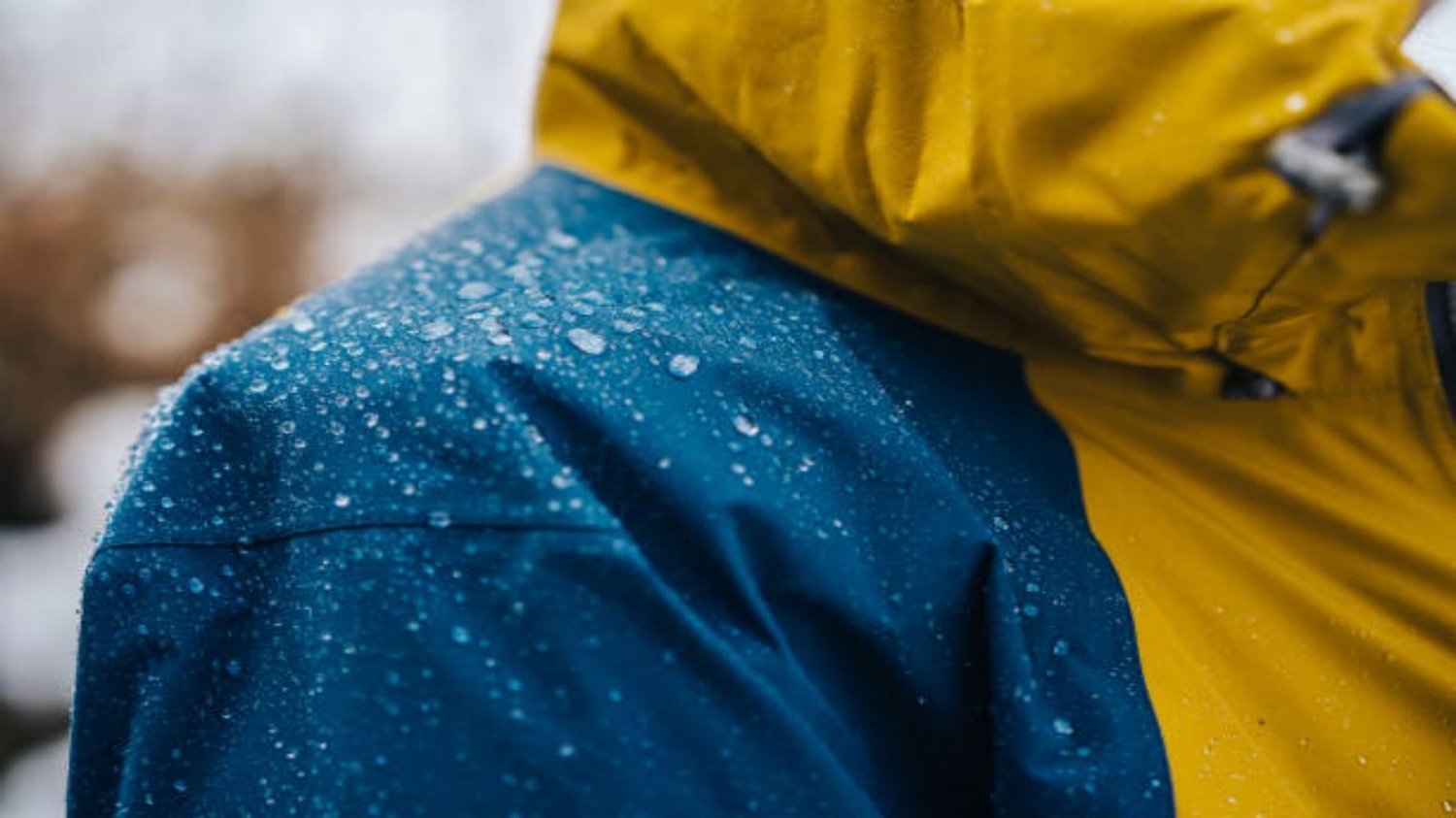Waterproof Fabric for Backpacking Gear: Lightweight and Durable Solutions
When it comes to backpacking gear, having the right equipment is essential. One crucial aspect of backpacking gear is the fabric used, especially when it comes to waterproofing. Waterproof fabric is a must-have for any backpacker, as it ensures that your gear stays dry and protected from the elements. In this article, we will explore lightweight and durable solutions for waterproof fabric for backpacking gear.
1. Importance of Waterproof Fabric
Backpackers often face unpredictable weather conditions during their trips. Rain, snow, and humidity can quickly ruin your gear if it is not adequately protected. Waterproof fabric is designed to repel water, keeping your equipment dry and preventing damage caused by moisture. It is crucial to invest in gear made from waterproof fabric to ensure a comfortable and safe backpacking experience.
2. Lightweight Fabrics for Backpacking Gear
When choosing waterproof fabric for backpacking gear, it is essential to consider weight. Backpackers need to minimize the weight they carry to maintain comfort and endurance during their trips. Fortunately, there are lightweight fabrics available that offer excellent waterproofing properties. These fabrics, such as ripstop nylon and silnylon, are specifically designed to be lightweight while still providing reliable protection against water.
3. Ripstop Nylon
Ripstop nylon is a popular choice for backpacking gear due to its lightweight nature and durability. This fabric is woven with a special technique that reinforces it with interlocking fibers, making it resistant to tearing and ripping. Ripstop nylon is also coated with a waterproof layer, ensuring that water beads off its surface. This fabric is highly versatile and commonly used in backpacks, tents, and rain gear.
4. Silnylon
Silnylon, short for silicone-coated nylon, is another lightweight and waterproof fabric option for backpacking gear. It is made by impregnating nylon fabric with silicone, which enhances its water repellency. Silnylon is known for its excellent strength-to-weight ratio, making it ideal for ultralight backpacking. It is commonly used in tents, tarps, and backpacks.
5. Durable Fabrics for Backpacking Gear
While lightweight fabrics are crucial for backpacking gear, durability is equally important. Backpackers often encounter rough terrain, abrasive surfaces, and potential snags that can damage their gear. To ensure long-lasting performance, it is essential to choose fabrics that are both lightweight and durable.
6. Dyneema Composite Fabric (DCF)
Dyneema Composite Fabric (DCF), formerly known as Cuben Fiber, is a highly durable and waterproof material that is gaining popularity among backpackers. It is an ultralight, non-woven fabric made from high-strength Dyneema fibers and laminated with a waterproof film. DCF offers exceptional tear resistance, puncture resistance, and durability, making it an excellent choice for backpacks, shelters, and other gear.
7. Cordura Nylon
Cordura nylon is a robust and abrasion-resistant fabric commonly used in backpacks, duffel bags, and other outdoor gear. It is made from high-tenacity nylon fibers that are woven together in a tight and densely packed configuration. Cordura nylon is known for its exceptional durability and resistance to tears, scuffs, and punctures. While it may not be as lightweight as other options, it provides reliable waterproofing and long-lasting performance.
8. Layered Waterproof Fabrics
Some backpacking gear utilizes layered waterproof fabrics to provide optimal protection against moisture. These fabrics consist of multiple layers, each serving a specific purpose. For example, a backpack may have an outer layer made from ripstop nylon for durability, an inner layer made from a waterproof membrane, and a lining fabric for comfort. This layered approach ensures both water resistance and durability.
9. Seam Sealing Techniques
In addition to choosing the right waterproof fabric, proper seam sealing is essential to prevent water from seeping through the seams of backpacking gear. Seam sealing involves applying a waterproof tape or adhesive to the seams to create a barrier against moisture. It is a critical step in ensuring the overall waterproof integrity of backpacking gear. Many backpack manufacturers offer pre-sealed seams, but it is also possible to seal the seams yourself using seam sealant products.
10. Care and Maintenance
To ensure the longevity of your waterproof backpacking gear, proper care and maintenance are necessary. Always follow the manufacturer's instructions for cleaning and storing your gear. Avoid excessive exposure to direct sunlight, as it can degrade the waterproof coating over time. If your gear becomes dirty, clean it with a mild detergent and water, and thoroughly rinse to remove any residue. Regularly inspect your gear for any signs of damage or wear and repair it promptly to maintain its waterproof properties.

